When life gets busy and you’re more focused on where you’re going than how you’re getting there, the air pressure in your tires can be easy to overlook. But when it comes to tire maintenance, proper inflation is one of the easiest ways to maximize your safety, performance and tire life. So if it’s been a while since you’ve checked yours, come in and let one of our experts do it for free.
Is your TPMS Light on, or do your tires feel deflated?
Come in for a Free Tire Air Pressure Check today.
Schedule an Appointment
While our tire technicians are happy to check your tire pressure for you any time, it’s also something you can do yourself. To prevent over- or under-inflation and the possible tire failure that comes with them, follow these steps:
 Then, using your tire gauge, recheck the pressure.
Then, using your tire gauge, recheck the pressure.NOTE: Air pressure in a tire goes up (in warm weather) or down (in cold weather) 1–2 pounds for every 10 degrees of ambient air temperature change.
The optimum air pressure for each tire on your vehicle is determined by the engineers who assisted in the design and production of your car. Proper tire pressure and inflation aid in optimizing the tire's and vehicle's driving performance, grip on the road while driving, and overall ride quality.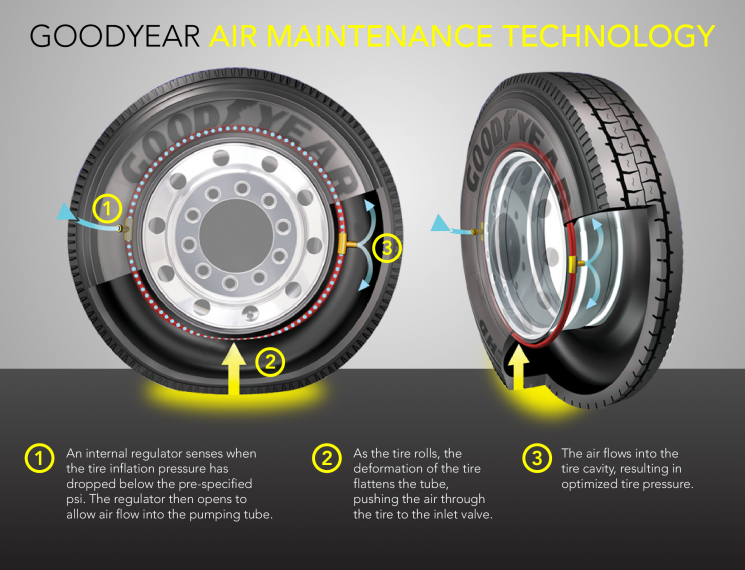 Maintaining your vehicle’s tire pressure to the recommended pressure is critical to your vehicle’s ability to stop, start, and turn corners.
Maintaining your vehicle’s tire pressure to the recommended pressure is critical to your vehicle’s ability to stop, start, and turn corners.
There are a few different places listed below to find your recommended proper tire pressure around your vehicle.
Stop by a Just Tires location near you today and we’ll check the tire air pressure on your vehicle free of charge.
LEARN MORE
Tire Size
Learn MoreTire Maintenance
Learn MoreTread Depth
Learn MoreYour car's tires play many valuable roles in the safety and function of your vehicle — from helping you navigate twists, turns, and stops like a pro to carrying the full weight of your car. That's why it's important to pay special attention to these essential components.
Fortunately, maintaining the proper tire pressure on your vehicle is one of the easiest yet most effective ways to care for your car tires. Learn how to check air pressure and inflate your tires with this helpful guide.
Underinflated tires can not only reduce fuel efficiency, but it can also run the risk of getting into an accident, losing proper steering control, damaging various components of your vehicle, and more. If you notice that your tire's air pressure levels have dropped, it's best to prioritize inflating them as soon as possible.
Checking your vehicle's tire pressure is a relatively simple task. You'll want to start by purchasing a tire gauge. These vary in price depending on the type you choose (i.e., digital, basic, etc.) but can usually be found for well under $40. It's also essential to keep a tire gauge on hand, as some gas station air hose gauges are not always accurate. Many modern cars and trucks also display the tire pressure for each tire on the dashboard. Once you have your tire gauge in hand, it's time to determine the proper pressure for your vehicle.
Once you have your tire gauge in hand, it's time to determine the proper pressure for your vehicle.
Find the correct inflation level. To do this, you can either look for the recommended pressure on the sticker within your driver's-side door jamb or consult your car owner’s manual. This is the tire pressure specification when the tires are cold, meaning not driven for a few hours.
Remove the valve stem cap from your tire. Some cars and trucks have green valve stem caps with an “N” on them - this means the tire is filled with nitrogen instead of air (air is mostly nitrogen). If your tires have these green valve stem caps, you can find some special stations that dispense nitrogen, but be aware that you can use normal air as well. The inflation pressure specifications are the same regardless if the tire is filled with air versus nitrogen.
Connect your air pressure gauge to the tire’s valve stem until you receive a reading.
If the pressure level number seems unrealistic, remove the gauge and try again. This time, ensure that the indicator is connected firmly to the valve stem.
This time, ensure that the indicator is connected firmly to the valve stem.
It's not always possible to tell if a tire is underinflated by giving it a quick once over. So, check your PSI levels with a gauge each month and after extreme temperature changes. You'll also want to check your pressure levels when your tires have had time to cool down since air expands within your tires while driving.
Filling your tires with air at a gas station is relatively simple. Bring your tire gauge and some spare change since some are coin-operated and are not always accurate in their pressure readings. Try to make this the first stop if you are running errands so that your tires are still relatively cool from sitting for a few hours. Then, follow these steps:
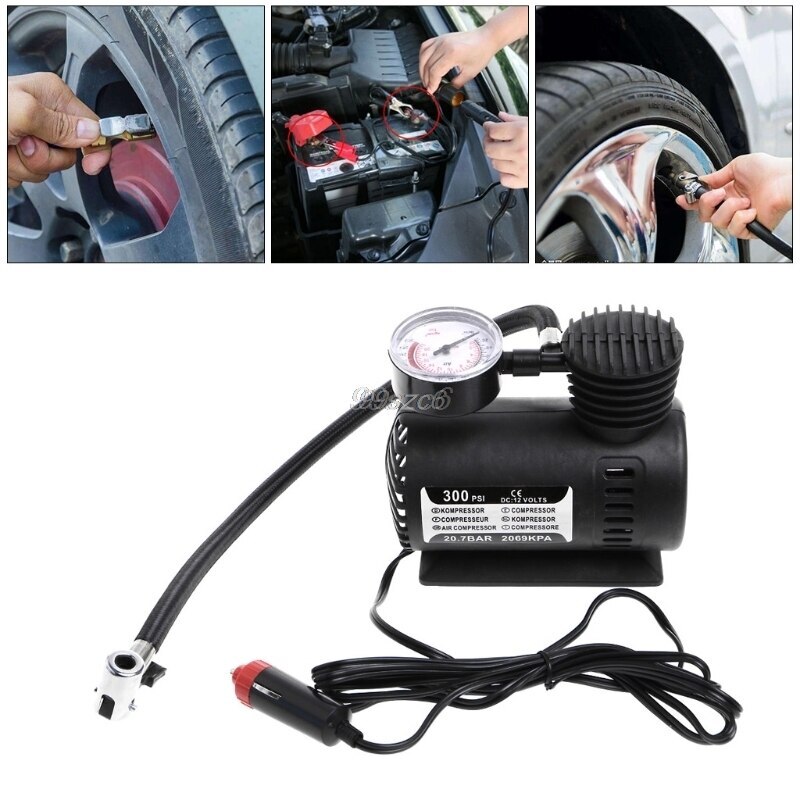
 If not, confirm that the air hose and your tire’s valve stem are both securely connected.
If not, confirm that the air hose and your tire’s valve stem are both securely connected.Can't find an air filling station near you or just want some help? Head to your local Firestone Complete Auto Care. We'll give you a free tire inspection and refill your tires free of charge. And if you need new tires, we've got you covered there too!
Car tire is responsible for driving safety and comfort. It needs to be kept in working order. This is a prerequisite for long and safe operation. Not all drivers know how to pump up a wheel, we will analyze the nuances of this work in more detail.
Tire pressure is an important parameter, it is he who is responsible for the main technical characteristics of the wheel.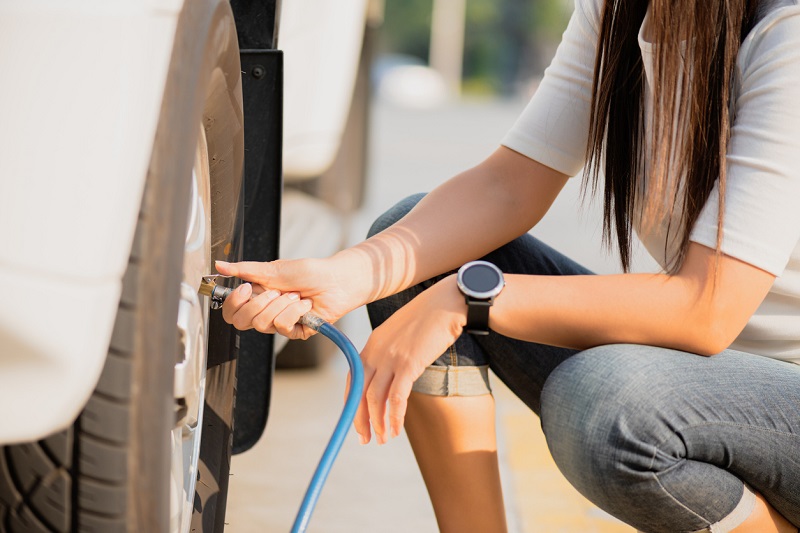 The car manufacturer calculates this parameter in advance and indicates it in the recommendations.
The car manufacturer calculates this parameter in advance and indicates it in the recommendations.
If a tire is underinflated, this will lead to increased fuel consumption in the first place. This is due to a decrease in the rolling coefficient. Uneven grip with the road surface also occurs, leading to a decrease in traffic safety, this is felt in the form of more difficult driving. Tire wear increases, with a strong drop in pressure, the rim of the disc can cut the sidewall.
It is also not worth pumping tires. The tire will wear unevenly, the middle part of the tread will suffer. Increased pressure can provoke an explosion and complete destruction of the tire on the road. In addition, the stiffness of the wheel will increase, and the braking efficiency will decrease.
Pressure checks must be carried out at least once a month. If there are sudden changes in temperature outside, it is necessary to check the parameter every two weeks. Be sure to check the pressure before every long trip.
Be sure to check the pressure before every long trip.
Visually inspect tires in the morning. If there are doubts about the quality of the pump, it is worth checking the pressure, if necessary, pump up the tire. Checking and pumping should be carried out on all wheels, different tire pressures can lead to loss of vehicle controllability.
Be sure to check the condition of the spare wheel.
Tire pressure is determined by the car manufacturer, he finds out through tests to what extent the rubber can be inflated. The data must be indicated in the documents for the vehicle.
For greater simplicity, additionally indicate the parameters on the plate. It can be found on the A-pillar of the car or on the inside of the gas filler flap. In rare cases, a plate with the main technical parameters may be on the door. It remains to find a plate on your car and see to what pressure to pump tires.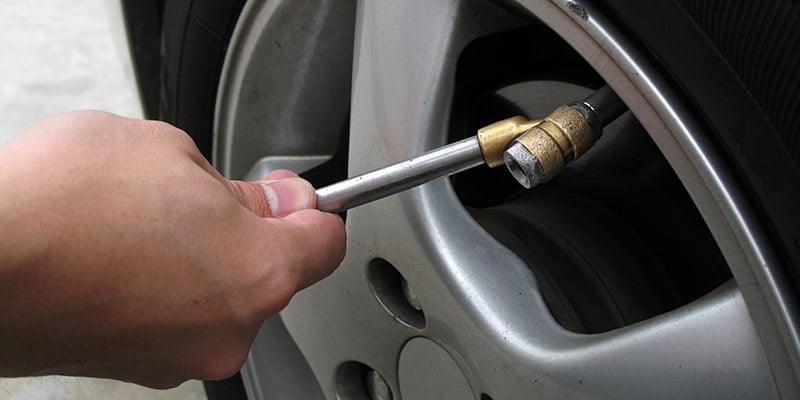
There are certain pumping rules. They include not only data on how much air to pump into the tire, but also when to do it. The main requirement is to inflate the tire only after a long parking. The tire heats up while driving. According to physical laws, temperature directly affects gas pressure. Accordingly, immediately after the stop, the indicator will not be accurate.
It is necessary to wait until the temperature of the air in the tire is equal to the outside. It takes 3-4 hours for this. After waiting so long, you can accurately measure the pressure. It is most convenient to do pressure measurement and pumping in the morning, after overnight parking.
Inflating a car tire is not difficult, but a beginner may have a few questions. We will analyze the stages of the process, in the end you will know how to properly pump up the wheel. To work, you will need a pump, you can use a foot or compressor. Now there are compressors that run on the cigarette lighter. If the pump does not have a pressure gauge, this device will also be needed.
Now there are compressors that run on the cigarette lighter. If the pump does not have a pressure gauge, this device will also be needed.
Let's walk through how to inflate a tubeless tire step by step.
 It shows the pressure in the tire, if it is not enough, turn on the compressor. We are waiting for the pressure gauge to show a normal parameter.
It shows the pressure in the tire, if it is not enough, turn on the compressor. We are waiting for the pressure gauge to show a normal parameter.
Further, all the described procedures are repeated on the remaining wheels, including the spare. Now the car is ready to drive.
If the pump is foot operated, all steps are the same, except for the power connection. The air supply is carried out by setting the pump piston in motion, this is done by foot.
Inflating a car tire is a simple job. This can be done by every car owner, even with no experience at all. The main thing is to know the basic rules, they are simple, it will not be difficult to fulfill them. But save time on a trip to a car service.
Author Servicing-Auto Reading 6 min Views 565 Published
There are quite a lot of problems with a seemingly simple action - tire inflation.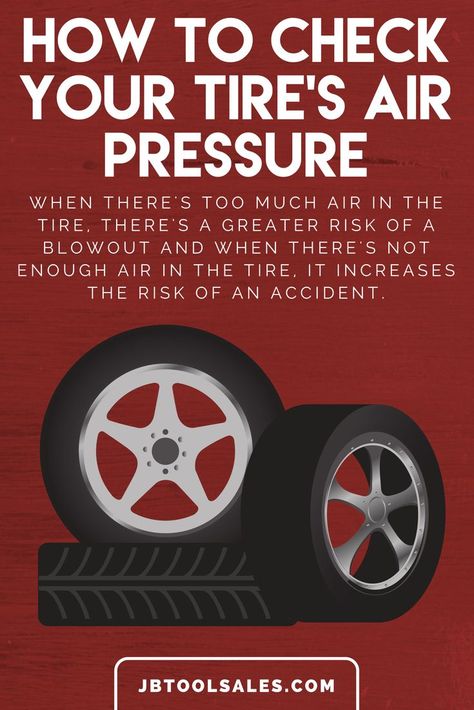 When in tire fitting we are interested in what pressure to inflate the wheels, most look into the user manual, where the manufacturer clearly indicates the required pressure for each of the axles of the car. Everything seems to be logical, but it is precisely because of this that almost all of us drive cars with half-flat tires.
When in tire fitting we are interested in what pressure to inflate the wheels, most look into the user manual, where the manufacturer clearly indicates the required pressure for each of the axles of the car. Everything seems to be logical, but it is precisely because of this that almost all of us drive cars with half-flat tires.
Today we will tell you how to properly inflate tires, what you should know about the right level of inflation and whether it is so important to follow all the rules that car manufacturers are so actively spreading.
Contents
in such situations. The main problem with following directions without question is that the engineers don't have a sixth sense about what kind of tires you are going to put on your car. And this fact has long haunted. It is also interesting that tire companies also give us recommendations regarding pressure, which differs depending on the purpose of the tires. It turns out that we already have three different indications, each of which, as it seems to us, is correct. Some calculate the pressure from the characteristics of their tires, others give numbers related directly to the workload of their car.
It turns out that we already have three different indications, each of which, as it seems to us, is correct. Some calculate the pressure from the characteristics of their tires, others give numbers related directly to the workload of their car.
First, we'll discuss how to properly inflate tires, followed by some extremely useful tips for car enthusiasts.
Why is it so important that the tires are properly inflated? There are already enough answers to this question. To simplify everything, your safety on the road depends on the pressure in car tires. Add to this the wild fuel consumption with insufficient pressure and there will be two serious arguments in favor of a deeper interest in this topic.
If your tires are under-inflated, they can seriously impair your vehicle's handling, not only when cornering, but also on a straight road. What can we say about driving at high speed and emergency situations. The braking distance is also significantly increased. Moreover, if the pressure is low, then the sidewalls of the tires begin to experience heavy loads, which leads to their rapid wear. More loads - more heating, which means that each hole and pothole turns into a dangerous enemy of the tire, on which a hernia can pop out or a serious rupture of one of the layers can appear.
Moreover, if the pressure is low, then the sidewalls of the tires begin to experience heavy loads, which leads to their rapid wear. More loads - more heating, which means that each hole and pothole turns into a dangerous enemy of the tire, on which a hernia can pop out or a serious rupture of one of the layers can appear.
On the other hand, if your tires are properly inflated, they become firm and give good traction, even on slippery or snowy surfaces. At the same time, good fuel economy and improved interaction of the drive wheels with the car suspension are monitored. There is a noticeable difference in terms of handling. Stopping distance, with just the right approach to the issue of tire inflation, you can reduce at times.
Relentless statistics say that in the post-Soviet space today every third car has at least one tire with a low level of inflation. It is worth considering that a deviation of only 200 grams per square cm increases fuel consumption by two percent. So, we can say that every third car owner in our country spends more gasoline just because he does not know how to pump up the wheels of his car. Moreover, if at least one car tire has a pressure below one and a half kgf per square centimeter, every hundred kilometers of driving can deprive you of almost thirty liters of gasoline.
So, we can say that every third car owner in our country spends more gasoline just because he does not know how to pump up the wheels of his car. Moreover, if at least one car tire has a pressure below one and a half kgf per square centimeter, every hundred kilometers of driving can deprive you of almost thirty liters of gasoline.
Tire experts will tell you that a good tire's normal pressure loss is 0.07 kgf/cm2 per month. If we are talking about driving in winter, then the loss occurs much faster. Cold air has a high density, so wheels with a pressure of up to two kilograms per square centimeter at -30 Celsius will begin to lose about 0.2 kgf / cm2 per month.
Let's go back for a moment to the owner's manual provided by the car manufacturer. Of course, the instruction is useful, but it should really be regarded only as a guide. The main reference point is not only the brand of the car, but also the tires that are installed on the car. So, before inflating the wheels, it is imperative to compare the tire markings with the data from the user manual. Most often, auto manufacturers immediately give the maximum minimum, recommended and maximum pressure limit at different loads. On tires you will only find the maximum pressure. Therefore, depending on driving conditions, vehicle load and weather, you need to find a "golden mean" - a pressure comparable to the recommendations of the car and tire manufacturer.
Most often, auto manufacturers immediately give the maximum minimum, recommended and maximum pressure limit at different loads. On tires you will only find the maximum pressure. Therefore, depending on driving conditions, vehicle load and weather, you need to find a "golden mean" - a pressure comparable to the recommendations of the car and tire manufacturer.
Check pressure only when tires are cold. This is very important, because during the movement, the air inside the wheel is very hot and, according to all the laws of physics, begins to expand. Getting correct data after even 2-3 kilometers of travel is a rather difficult task. In addition, checks should be done as often as possible. It is best to measure the pressure once a month. More often in winter.
An excellent solution can be a pressure control system, which is equipped with almost all new cars of the middle class that entered the market since 2009year and later. The sensors work to alert the driver when the pressure drops 20 to 30 percent below what the engineers recommend.